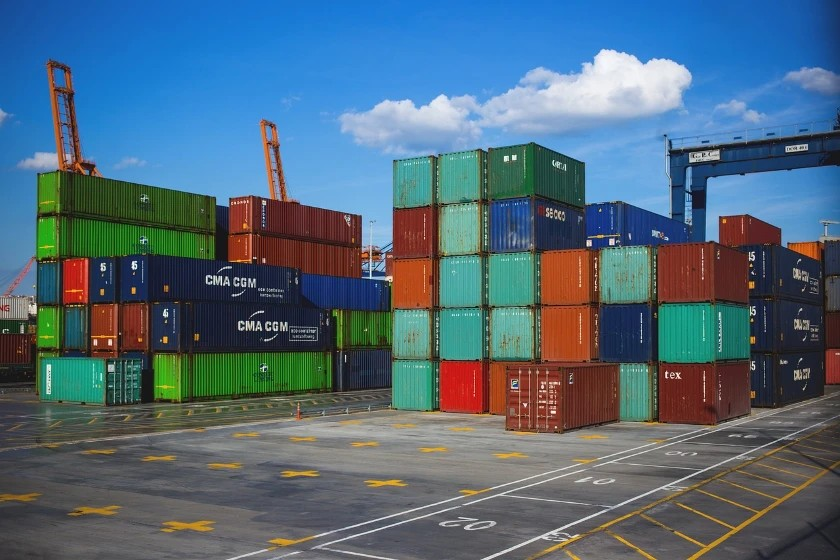
The container global transport industry is inhibiting a major financial blow while the United States with new tariffs on Chinese ships and targeting Chinese. According to the Alphaliner Maritime Intelligence Company, leading carriers can be taken under 2026, which was implemented on October 14.
Also Read: Tariff tariffs as a growing economic threat
The tariffs, imposed by the US trade representative (USTR) under Section 301, are designed to “reverse Chinese dominance and restore American shipbuilding”. Chinese or worked in US ports is $ 50 per net per ton of NT per journey, which costs $ 30 by $ 2027.
Non -Chinese carriers are also affected by Chinese -made ships more than 4,000 TEUs or 55,000 DWTs, and in 2025 they face $ 18 per NT or $ 120 per TEU each year and increase $ 5 each year. Each ship is covered in five charging trips each year and two costs cannot be combined. Operators investing in ships made in the United States may be eligible for a three -year suspension and provide limited relief.
Among the most damage to the COSCO group, at potential costs of $ 1.53 billion, almost half of the total forecast for the top ten companies. Zim, one and CMA CGM is also estimated at $ 510 million, $ 363 million and $ 335 million, respectively, due to the widespread use of the charter.
At the Gemini Cooperation Union, Maares is expected to incur only about $ 17.5 million, while Hapag Loyid could meet approximately $ 105 million, indicating a reliance on Chinese ships.
An important factor in tariff impact, Seaspan is an important Hong Kong -based tonnage provider with a 54 -ship fleet (0.62 million TEUs) serving in US transactions. Alfaller estimates that sea -related deployment can create $ 1.31 billion in total costs in affected carriers. To reduce exposure, the company is moving to Singapore and allows its customers to prevent the classification as a Chinese tan.
Not all carriers are not as exposed. Evergreen and HMM are expected to completely prevent new tariffs, with almost all Korean HMM (23 out of 25 ships) insulating it.
According to each unit, the cost differential is significant: Alfaliner calculates $ 2121 per TEU compared to only $ 26 per Teu for Maersk, compared to just $ 26 per Tee for Maersk.
Carriers have reduced long -term disruption by saying that new measures will have a limited impact on service networks or transport rates. Most of them have now set up their ship’s deployment during the 180 -day Grace period, which began on April 17.
For example, MSC, 9,411 Teu MSC Jeongmin, which was owned by the Shanghai Banking Bank, returned to the US Western Coast of the United States after its California Express service, with Los Angeles’ final call on August 3.
Ustr tariffs represent a backward version of the project, which was announced in April 2025, including lower cost and targeted exemptions aimed at reducing China’s dominance in global shipbuilding without disturbing trade.
With the approach of October 14, carriers continue to adjust their strategies-balancing regulatory adaptation, cost control and network stability in a freight environment.